Utawarerumono is a Japanese adult tactical role-playing visual novel by Leaf which was released on April 26, 2002 for the PC. A PlayStation 2 version was developed by Sting, and released by Aquaplus on October 26, 2006. Utawarerumono was later ported to PlayStation Portable on May 28, 2009. Two Internet radio programs based on Utawarerumono aired on the Oto Izumi broadcast station. Three manga adaptations were published by ASCII Media Works. A 26-episode anime adaptation aired in 2006 and is licensed in North America by Funimation. Three OVA episodes were later produced by Aquaplus and Chaos Project, released between 2009 and 2010.
Several Utawarerumono drama CDs have been produced by Lantis. Four different comic anthology series have been published by DNA Media Comics, Ohzora Shuppan, and La Porte. In 2011, a sequel visual novel tentatively titled Utawarerumono 2 for the PlayStation 3 was announced as being in development.
STORY:
Utawarerumono is a story centering around the masked protagonist, Hakuoro, who one day is found by a family of two girls and their grandmother in a nearby forest close to their village. He is badly injured and is soon found to have amnesia, so they take him to their home and treat him until he is well again. Hakuoro is soon accepted into their village where he stays and lives with them, but before long Hakuoro finds that life in this village is being oppressed by the greedy emperor who rules over the country their village resides in. Soon after, these negative actions taken towards their village result in him leading a rebellion against the emperor of the country which later lands him to become emperor of a vast new country which is named Tusukuru, after the grandmother of the two girls who helped save his life.
After becoming emperor and things begin to calm down, Hakuoro soon finds out that peace is hard to maintain and finds himself constantly in battle in order to protect the peace of his country and his people. Eventually, he is led into many bloody battles in order to fight for the freedom of all those residing in Tusukuru. Along the way, Hakuoro meets several other strong warriors from several other countries and tribes who are fully accepted into Hakuoro's growing family. Many moments of hardship and laughter ensue as time continues but with Hakuoro leading the way, all others are confident in his ability to lead.
The story's genre is at first a fantasy-style story with heavy Ainu influence, though later develops science fiction themes towards the end. Indeed, it first appears to take place in a fantasy world full of magical beings and interesting new species of humans, but it is later revealed that it takes place in Earth's distant future.
GAMEPLAY:
Much of Utawarerumono'?s gameplay requires very little interaction as most of the duration of the game is spent simply reading the text that appears on the game screen, which represents either dialogue the various characters or the inner thoughts of the protagonist. At times, the player will come to a “decision point” where he or she is given the chance to choose from a single or multiple options. Unlike many other visual novels, these choices do not affect the final outcome of the story.
Utawarerumono features a tactical role-playing battle system that centers around the player moving a group of characters through a square-based grid during turn-based battles in order to achieve an objective. The objective of the battle, displayed in the upper-right hand corner the screen when viewing the actions available for a specific character, consist of the player either defeating any number of enemies or moving one or all characters to a specific location. During each character's turn, the player may choose to have the character move, attack, or cast magic, of which only moving and attacking can be performed in succession, in that order.
Utawarerumono – Chiriyukusha e no Komoriuta is the PlayStation 2 port, featuring a new battle system by Flight Plan (of the Summon Night series), was developed by Sting, and released on October 26, 2006 in Japan. The PS2 port included voice acting and several other changes to enhance gameplay. The adult graphics and scenes were removed from the PlayStation 2 version, which was rated for ages 15 and up.
The Limited Edition includes a material collection book.
Specification: Utaware Rumono [Limited Edition]
|
User Reviews
Be the first to review “Utaware Rumono [Limited Edition]” Cancel reply
- Show all platforms
- 3DO
- Acorn Archimedes
- Acorn Atom
- Acorn Electron
- Action Max
- Amiga
- Amiga CD32
- Amstrad CPC
- Amstrad GX4000
- Android
- APF MP-1000
- Apple II
- Apple Pippin
- Arcade
- Atari 2600
- Atari 5200
- Atari 7800
- Atari 800
- Atari Jaguar
- Atari Jaguar CD
- Atari Lynx
- Atari ST
- Atari XE
- Bally Astrocade
- Bandai TV Jack 5000
- BBC Bridge Companion
- BBC Micro
- Casio Loopy
- Casio PV-1000
- Coleco Telstar Arcade
- Colecovision
- Commodore 128
- Commodore 16
- Commodore 64
- Commodore PET
- Commodore Plus/4
- Commodore VIC-20
- Didj
- Dragon 32/64
- Emerson Arcadia 2001
- Entex Adventure Vision
- Entex Select-a-Game
- Epoch Cassette Vision
- Epoch Super Cassette Vision
- Evercade
- Fairchild Channel F
- Famicom Disk System
- FM Towns Marty
- Fujitsu FM-7
- Gamate
- Game & Watch
- Game Wave
- Game.com
- Gizmondo
- GP32
- Handheld Electronic Games (LCD)
- HyperScan
- Intellivision
- Interton VC 4000
- iOS
- J2ME (Java Platform, Micro Edition)
- Jupiter Ace
- Mac OS
- Magnavox Odyssey 1
- Magnavox Odyssey 2
- Mattel Aquarius
- Mega Duck
- Microsoft Xbox
- Microsoft Xbox 360
- Microsoft Xbox One
- Microsoft Xbox Series X
- Milton Bradley Microvision
- MSX
- N-Gage
- Neo Geo
- Neo Geo CD
- Neo Geo Pocket
- Neo Geo Pocket Color
- Nintendo 3DS
- Nintendo 64
- Nintendo DS
- Nintendo Entertainment System (NES)
- Nintendo Game Boy
- Nintendo Game Boy Advance
- Nintendo Game Boy Color
- Nintendo GameCube
- Nintendo Pokémon Mini
- Nintendo Switch
- Nintendo Switch 2
- Nintendo Virtual Boy
- Nintendo Wii
- Nintendo Wii U
- Nuon
- Oculus Quest
- Oric-1
- Ouya
- Palmtex Super Micro
- PC
- PC-88
- PC-98
- PC-FX
- Philips CD-i
- Philips Tele-Spiel ES-2201
- Pioneer LaserActive
- Playdate
- Playdia
- R-Zone
- RCA Studio II
- SAM Coupé
- Sega 32X
- Sega CD
- Sega Dreamcast
- Sega Game Gear
- Sega Genesis
- Sega Master System
- Sega Mega Drive
- Sega Pico
- Sega Saturn
- SEGA SG-1000
- Sharp X1
- Sharp X68000
- SHG Black Point
- Sinclair QL
- Sinclair ZX Spectrum
- Sinclair ZX81
- Sony Playstation
- Sony Playstation 3
- Sony Playstation 4
- Sony Playstation 5
- Sony Playstation Portable
- Sony Playstation Vita
- Stadia
- Super Nintendo (SNES)
- Tandy Visual Interactive System
- Tapwave Zodiac
- Texas Instruments TI-99/4A
- Tomy Tutor
- TRS-80 Color Computer
- TurboGrafx 16
- TurboGrafx CD
- V.Smile
- Vectrex
- VTech CreatiVision
- VTech Socrates
- Watara Supervision
- WonderSwan
- WonderSwan Color
- Xavix Port
- Show all platforms
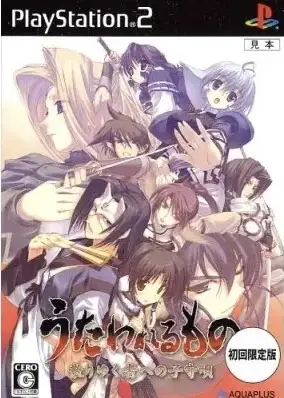


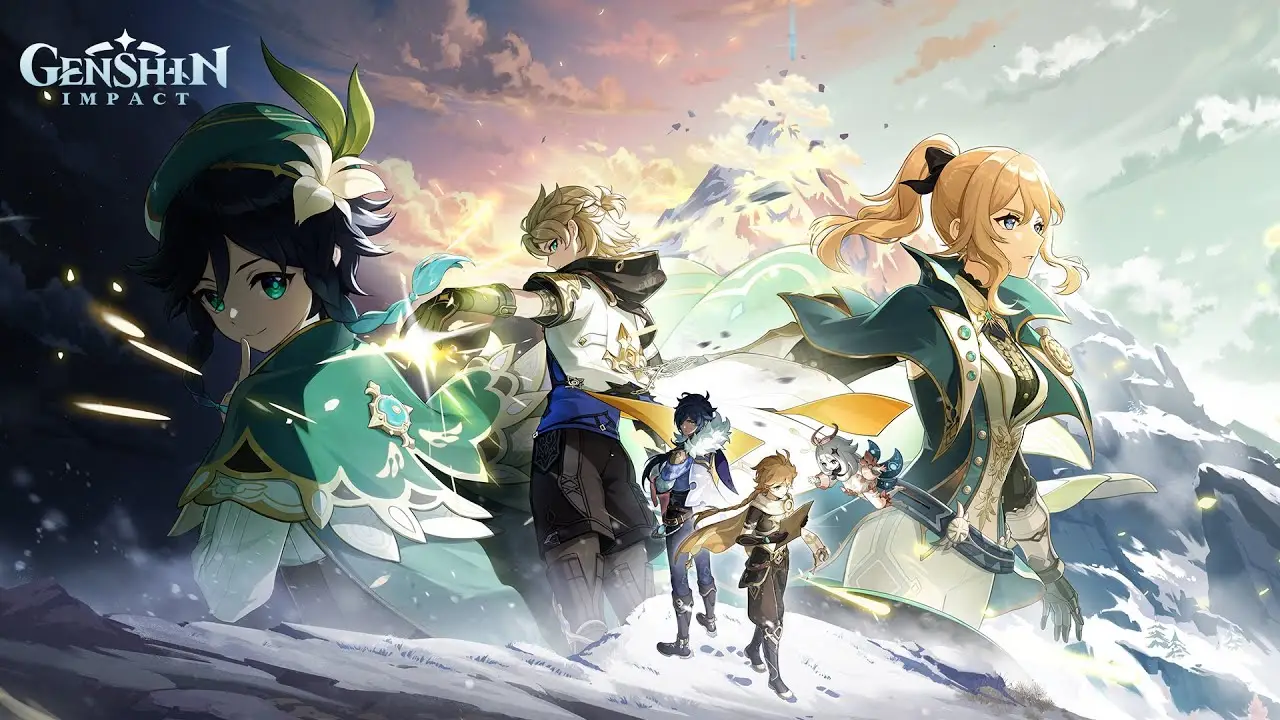
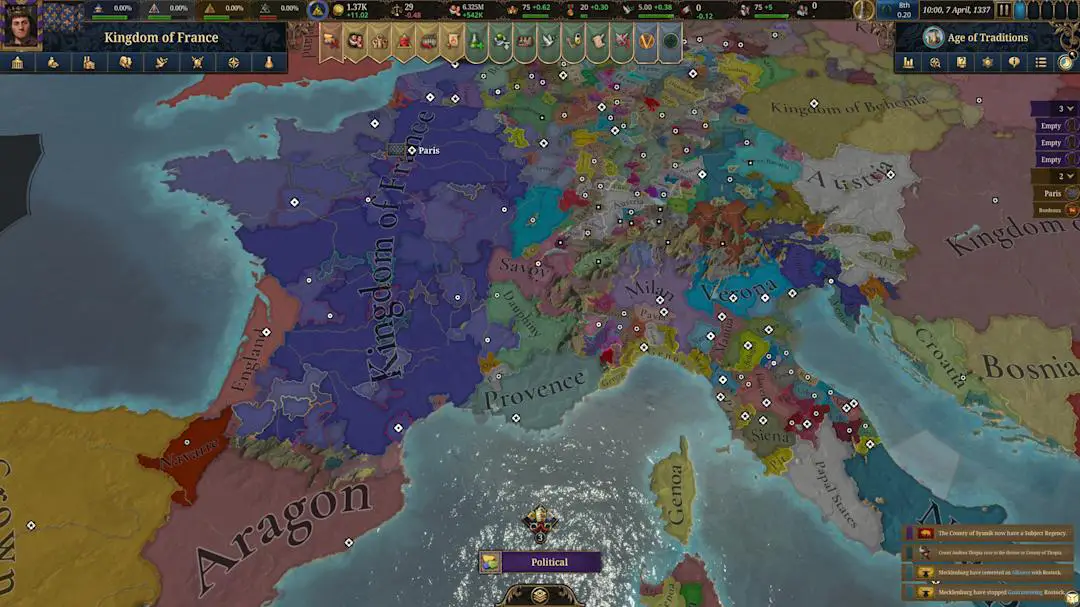

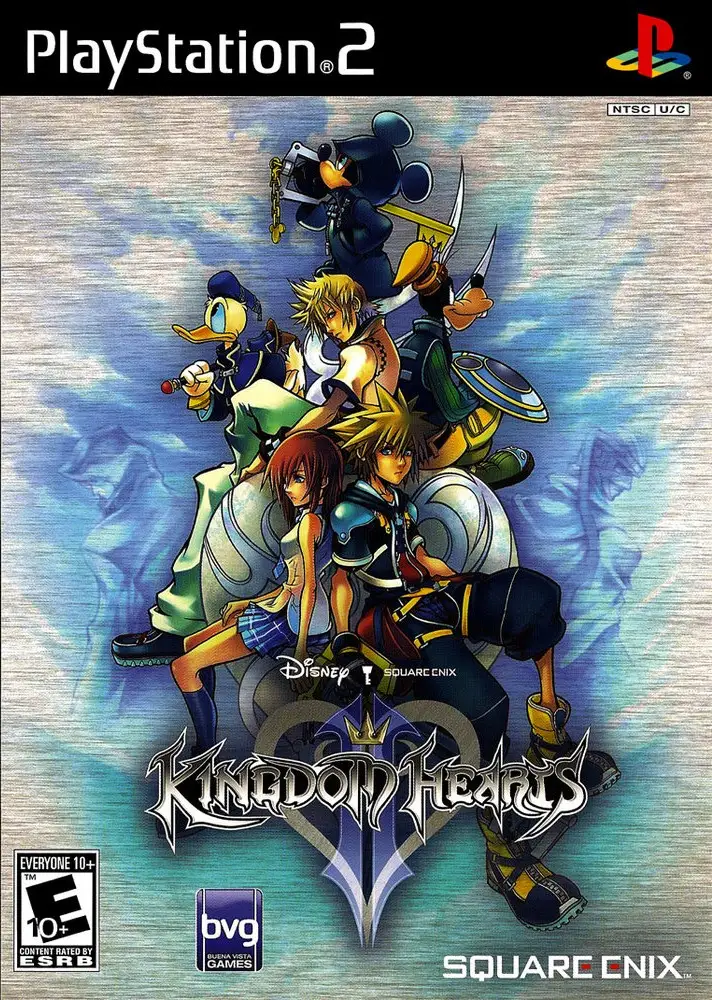
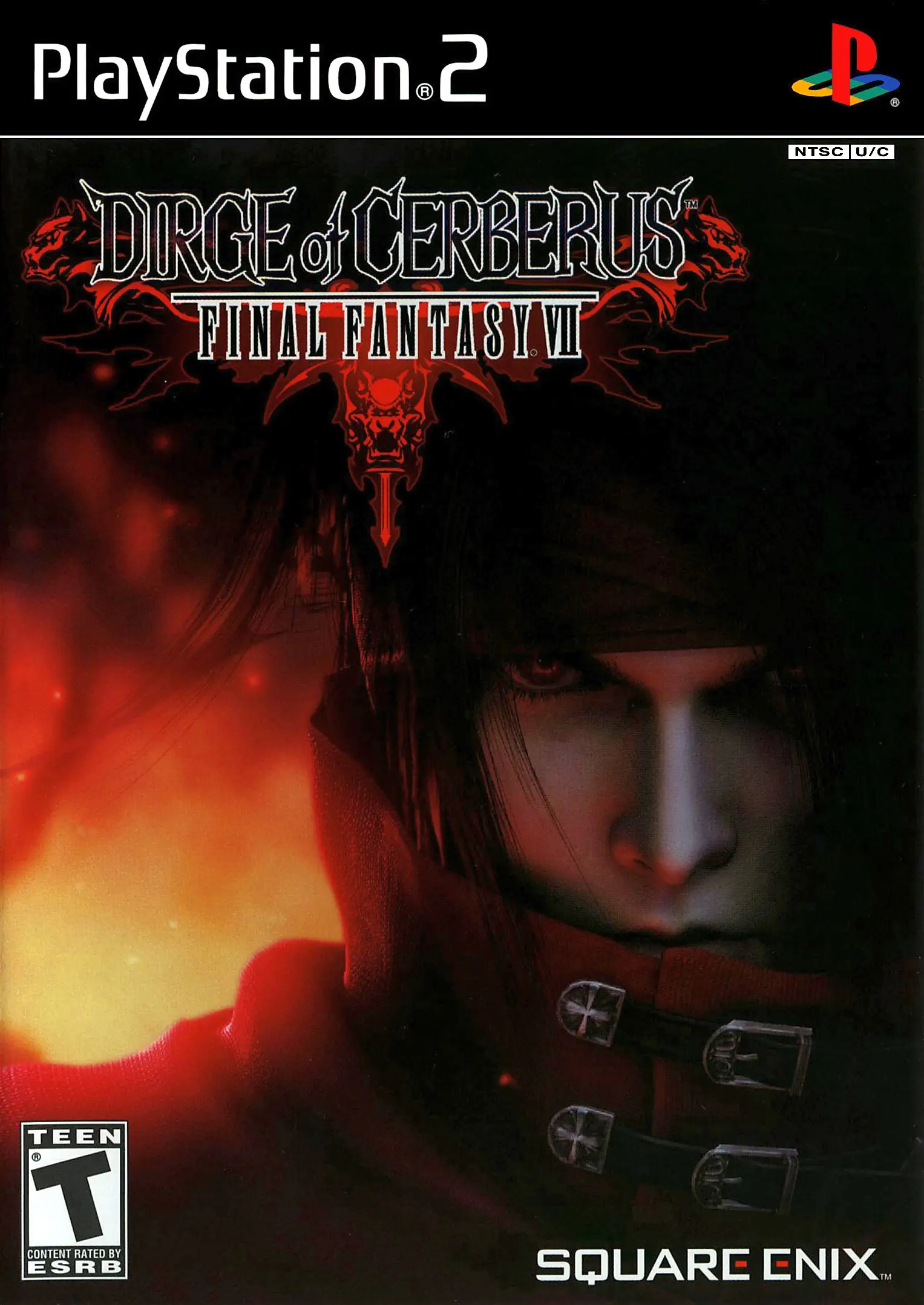
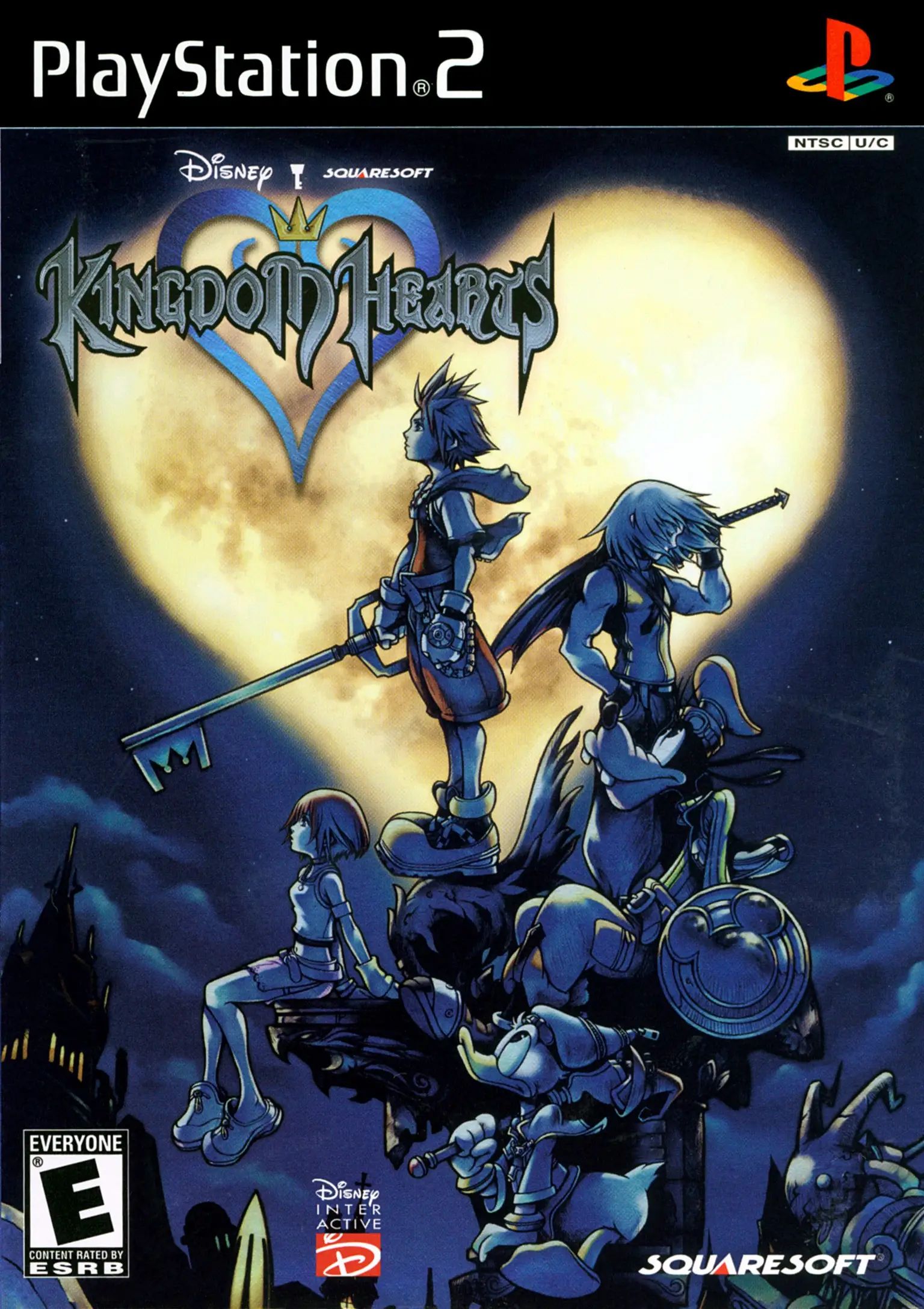
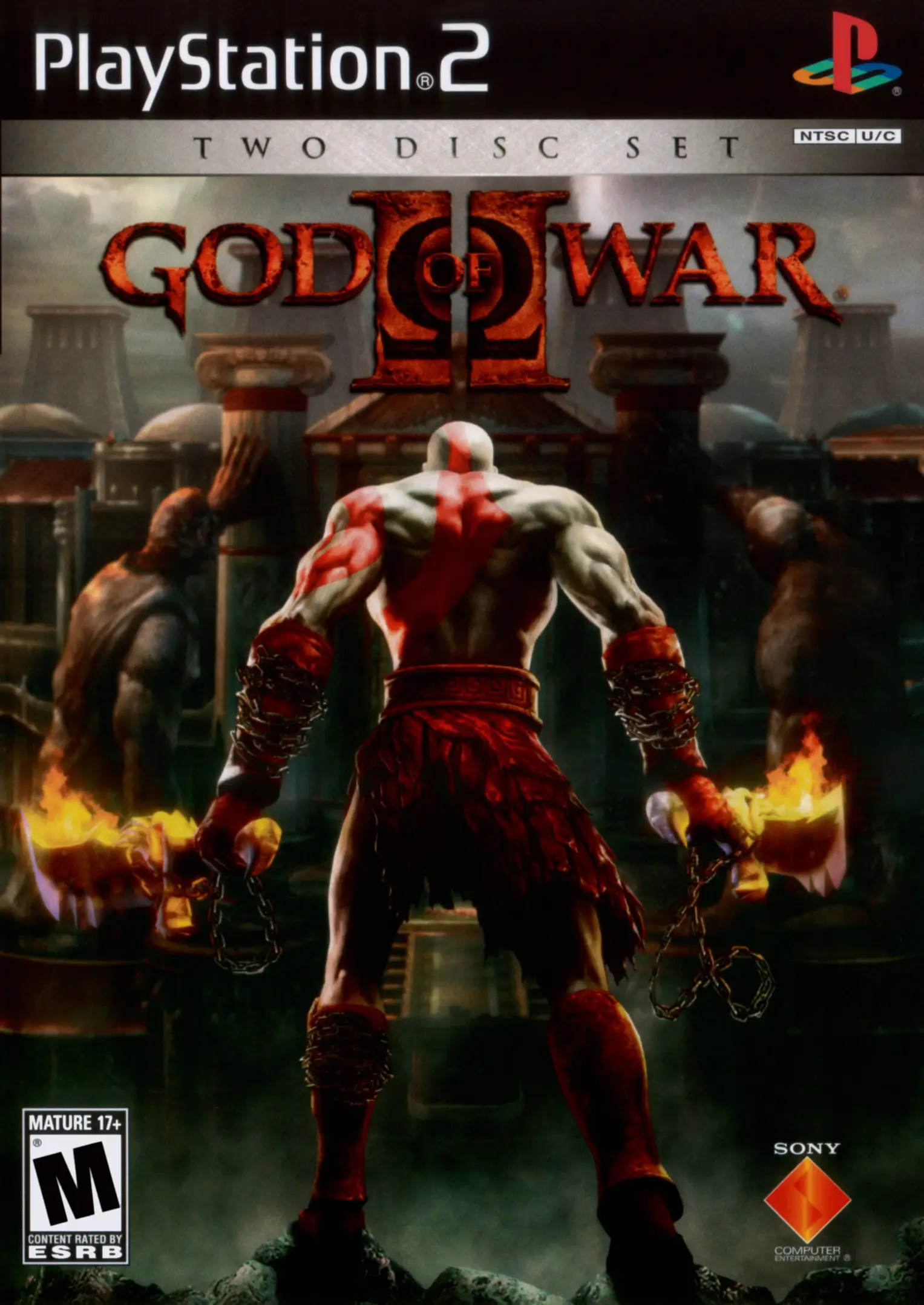
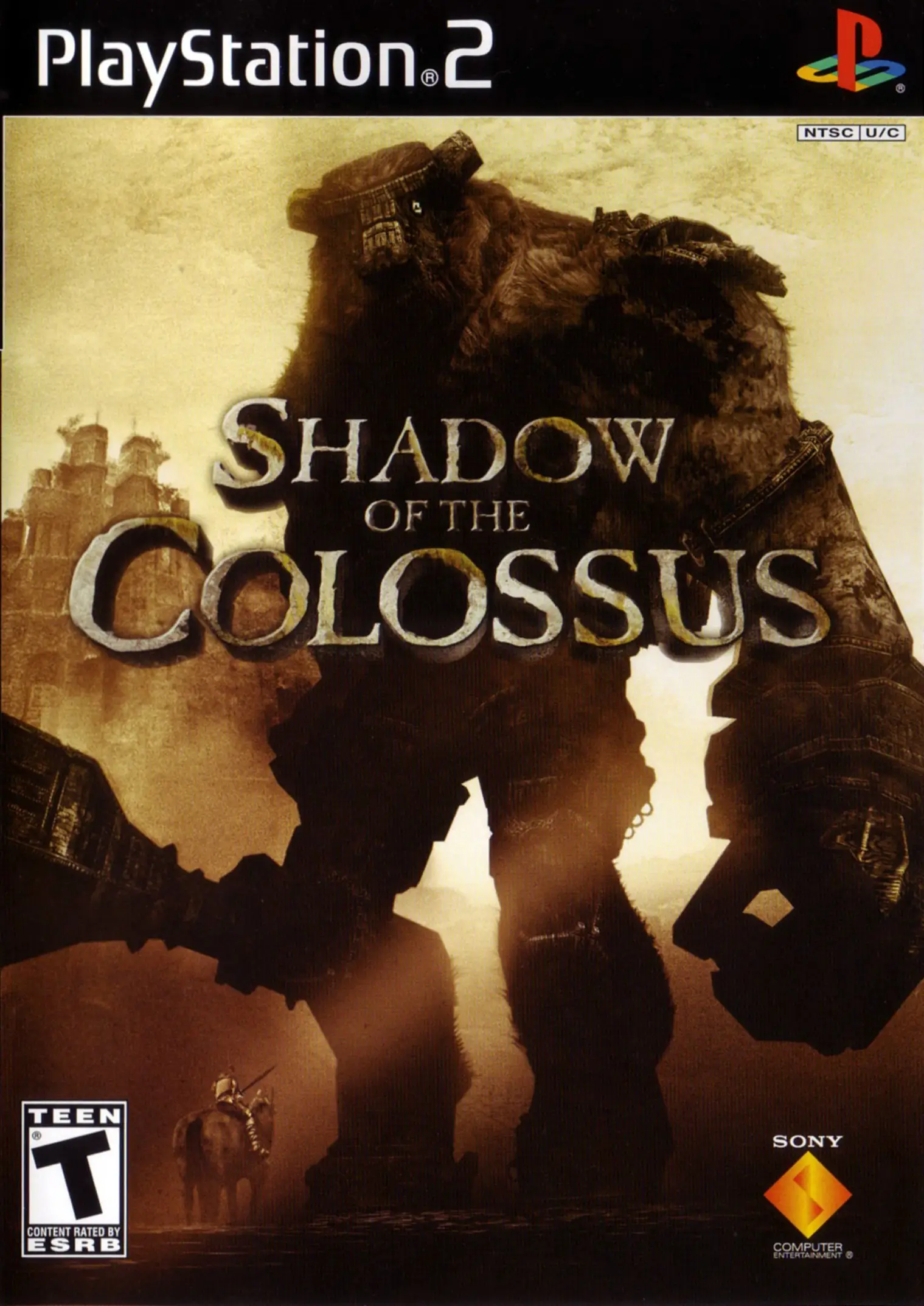
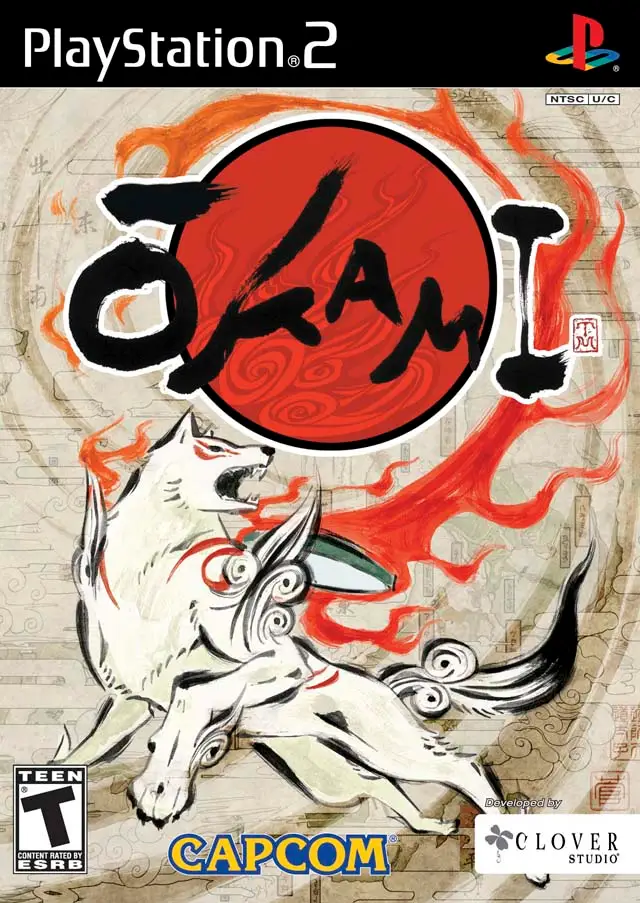
There are no reviews yet.